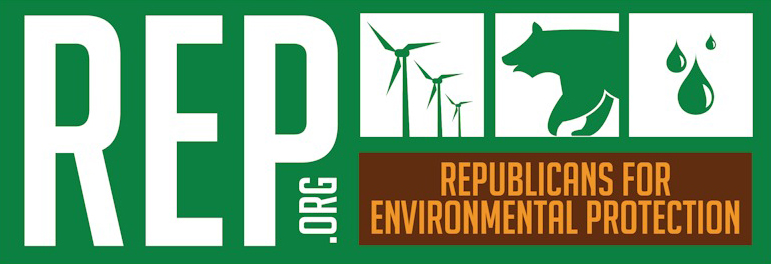National Public Lands Day
By JIM DIPESO, REP’s Policy Director
AN HISTORICAL DOCUMENT: published in the Hawaii Reporter on October 2, 2007
xx
How should Americans think about National Public Lands Day (celebrated September 29)? A good way is to think about the Minneapolis bridge collapse nearly two months ago.
Come again? What does the Interstate 35W collapse have to do with public lands?
Bridges, roads, and airports are “infrastructure,” a gray term for networks that deliver vital services, strengthen markets, and enhance community cohesion. Infrastructure must be maintained. Neglect it and costly harm will follow.
National parks, forests, wildlife refuges, and other public lands are infrastructure of a different sort. They provide vital services, including clean water, wildlife habitat, and carbon storage. Sixty million Americans depend on drinking water that originates in national forests.
Recreation on public lands delivers significant economic benefits — $120 billion in 2006 from hunting, fishing, and wildlife watching alone, according to the federal government’s twice-per-decade wildlife recreation survey.
Public lands have civic value embodied in the natural and cultural treasures that they hold for all to see, enjoy, and learn from.
Our public lands infrastructure is suffering from inadequate care, just like water lines and highways.
The Congressional Research Service estimates that the national parks maintenance backlog totals $4.5 billion to $6.8 billion. The backlog includes deteriorating roads, service buildings, and historic structures, along with unsafe bridges, washed-out trails, and poorly maintained campgrounds.
It’s a shame that America’s crown jewels — nearly 400 natural preserves, recreation areas, historic sites, and battlefields — are being shortchanged.
But the parks are flush in comparison to America’s national wildlife refuges, a system of sanctuaries established by Theodore Roosevelt more than a century ago.
Made up of 548 units in all 50 states, the refuge system is a spectacular network of protected areas that showcase the stunning beauty and astonishing variety of American wildlife and the habitats in which they dwell, from Alaskan tundra to Florida swamplands.
The costs of caring for this legacy have risen, but funding has not kept up. The Fish and Wildlife Service, which manages the refuges, estimates that the operations and maintenance backlog totals more than $2.7 billion.
Almost half of the refuges have no staff at all — no rangers to educate visitors, no biologists to oversee wildlife management, no work crews to clear away invasive weeds, no cops on the beat to deter vandals, drug dealers, and immigrant smugglers.
The story is the same with the National Landscape Conservation System, America’s newest network of public lands, made up primarily of 26 million acres of remote wildlands in the West.
Canyons of the Ancients National Monument in southwestern Colorado, for example, holds thousands of archaeological sites. The 164,000-acre monument, however, has only a handful of staff to prevent looters and vandals from pillaging the ancient treasures.
Last year, thieves invaded a large Ancestral Pueblan settlement and rampaged through 47 archaeological plots.
The U.S. Forest Services, which manages 193 million acres of national forests and grasslands across the nation, is falling behind for a different reason — the growing share of the agency’s budget consumed by firefighting costs.
Drought, hotter temperatures, and the explosive growth of housing construction near national forests have combined to nearly double firefighting’s share of the Forest Service budget since 2000.
In an extraordinary joint letter this year, five former Forest Service chiefs said that rising fire suppression costs are consuming funds needed for other programs, such as forest conservation and recreation services. Even fire prevention, which could help lower the frequency and intensity of burns, is being diverted to fire suppression, a self-defeating quick-fix that can only drive up costs further.
To some, the budget shortfalls may not matter much. Public lands may seem like a dispensable frill that can be cut when other national priorities demand support.
That’s a shortsighted attitude. Even from a narrow, green eyeshade perspective, public lands are a capital asset that pay a measurable economic return to communities that depend on the water they produce and income from visitors who enjoy their wildlife and scenery.
More broadly, our parks, forests, and wildlife refuges serve a higher purpose. They are living reminders of America’s historical and cultural heritage, which defines our national identity as a free people.
Our public lands were bequeathed to us by visionary leaders who were thinking of the welfare of future generations. Now, the lands are in our trust and we have the same obligation to those unborn Americans who will follow in our footsteps.
This National Public Lands Day is a good time to reflect on that responsibility and resolve to do a better job carrying it out.
Return to THINGS WE FIGHT FOR: LAND CONSERVATION IN GENERAL
Return to REP’S HISTORY: PART 3
Return to top of page
